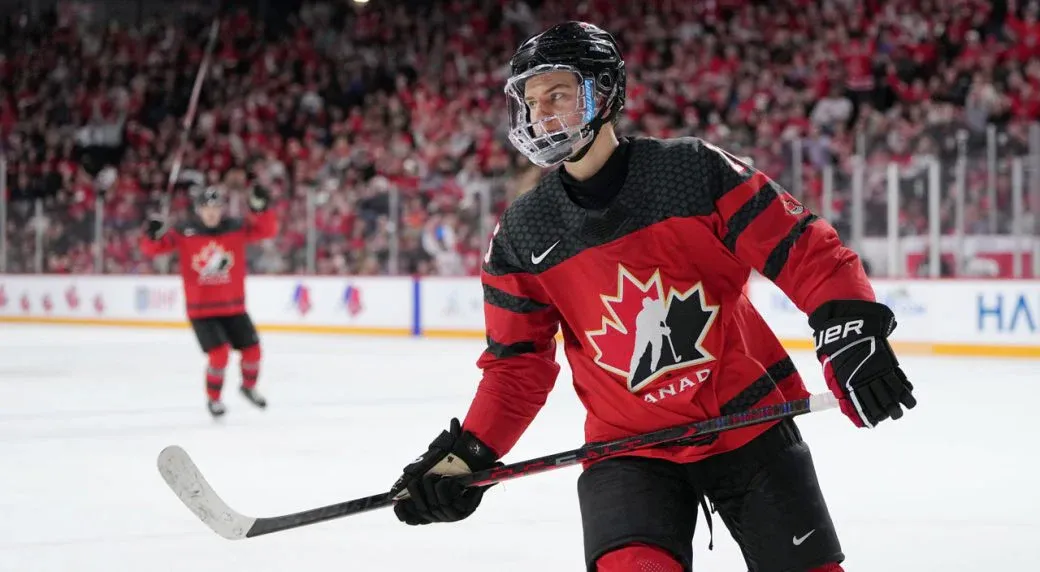
For decades, hockey has carried an image rooted in cold climates, local rinks, and generations of families passing down the game. It’s a sport known for toughness, loyalty, and speed — but as the world changes, so does the way hockey is played, viewed, and celebrated. What was once a regional passion has grown into a global movement that’s reshaping the sport’s identity and its future.
In places where frozen ponds never existed, new arenas and training programs are emerging. Florida, once considered an unlikely home for professional hockey, is now set to host its first-ever NHL outdoor games. The event marks more than just a milestone for the Sunshine State; it symbolizes how hockey is thriving far beyond its northern roots. The same enthusiasm that fuels rinks in Canada or Minnesota is now showing up in communities across Texas, California, and even Mexico, proving that the love of the game doesn’t depend on the weather.
Meanwhile, international hockey continues to face both progress and challenges. Australia recently made headlines after canceling an international tournament due to safety concerns, highlighting how global expansion can come with complexities. Yet the very fact that Australia was hosting such an event speaks volumes about the sport’s reach. From Asia to the Middle East, nations are investing in rinks, coaching, and youth leagues. For the first time, hockey is no longer viewed as a sport for the cold — it’s becoming a sport for the connected.
College hockey programs have also evolved to reflect this new global landscape. Notre Dame’s recent matchup against Michigan wasn’t just a classic rivalry; it featured players from several countries, each bringing unique styles and stories. With key players returning and international talent joining rosters, college hockey has become a proving ground for a new generation of athletes who see the game not as a regional identity, but as a universal challenge.
At the professional level, the sport’s leadership is adapting too. Islanders GM Mathieu Darche recently expressed confidence in his team despite early struggles, a reflection of the modern NHL mindset. Today’s general managers aren’t just balancing rosters; they’re navigating analytics, global scouting networks, and the growing expectations of fans who follow the game from every corner of the world.
Off the ice, hockey’s cultural presence is expanding into pop culture and creative spaces. One recent social trend reimagined Yankees players as hockey stars, bridging the gap between two of North America’s most passionate sports communities. It’s a playful example of how hockey continues to find new audiences and inspire creativity across different fan bases.
What ties all of these changes together is accessibility. The rise of synthetic ice surfaces, inline hockey, and year-round training facilities means more people can play the sport than ever before. Streaming platforms and social media have brought highlights, interviews, and behind-the-scenes stories directly to fans’ phones, erasing barriers that once separated the local rink from the global stage.
Still, the essence of the game remains the same. Whether it’s a youth player in Florida learning to skate or a seasoned pro in Helsinki perfecting his shot, hockey continues to be about heart and dedication. The arenas may look different, and the accents in the locker room may vary, but the shared language of teamwork and competition binds everyone who picks up a stick.
The evolution of hockey isn’t about replacing its traditions — it’s about expanding them. The frozen ponds of Canada gave birth to the sport’s spirit, but now that same energy lives in arenas under palm trees and in cities that never see snow. Hockey’s future isn’t confined to geography; it’s driven by passion. And as Mercury Hockey continues to follow this journey, one thing is clear — the game’s next great story could come from anywhere.

